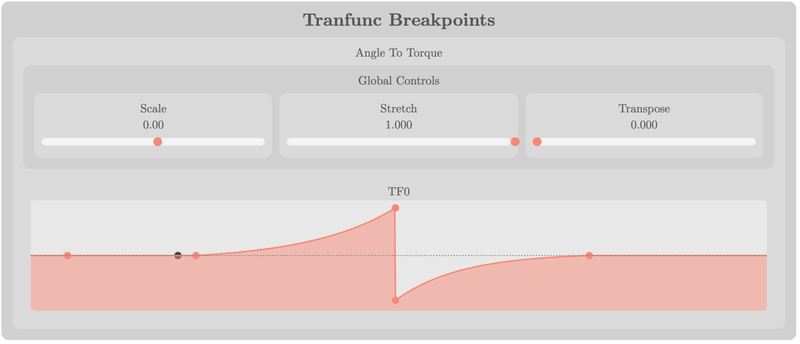ForceHost

Tool Summary
| Metadata | |
|---|---|
| Release Yearⓘ The year a tool was first publicly released or discussed in an academic paper. | 2022 |
| Platformⓘ The OS or software framework needed to run the tool. | Web, Faust |
| Availabilityⓘ If the tool can be obtained by the public. | Available |
| Licenseⓘ Tye type of license applied to the tool. | Open Source (GPL 3) |
| Venueⓘ The venue(s) for publications. | NIME |
| Intended Use Caseⓘ The primary purposes for which the tool was developed. | Music |
| Hardware Information | |
|---|---|
| Categoryⓘ The general types of haptic output devices controlled by the tool. | Force Feedback |
| Abstractionⓘ How broad the type of hardware support is for a tool.
| Bespoke |
| Device Namesⓘ The hardware supported by the tool. This may be incomplete. | TorqueTuner |
| Device Templateⓘ Whether support can be easily extended to new types of devices. | No |
| Body Positionⓘ Parts of the body where stimuli are felt, if the tool explicitly shows this. | N/A |
| Interaction Information | |
|---|---|
| Driving Featureⓘ If haptic content is controlled over time, by other actions, or both. | Action |
| Effect Localizationⓘ How the desired location of stimuli is mapped to the device.
| Location-aware |
| Non-Haptic Mediaⓘ Support for non-haptic media in the workspace, even if just to aid in manual synchronization. | Audio |
| Iterative Playbackⓘ If haptic effects can be played back from the tool to aid in the design process. | Yes |
| Design Approachesⓘ Broadly, the methods available to create a desired effect.
| Procedural |
| UI Metaphorsⓘ Common UI metaphors that define how a user interacts with a tool.
| Demonstration |
| Storageⓘ How data is stored for import/export or internally to the software. | None |
| Connectivityⓘ How the tool can be extended to support new data, devices, and software. | Open Sound Control |
Additional Information
ForceHost is a toolchain for embedded physical modelling of audio-haptic effects for digital musical instruments. It primarily supports the TorqueTuner device, but can optionally be used with ESP32 boards supporting audio I/O, a 1-DoF servo, and network connectivity. Network connectivity is necessary so that it can be connected to other audio synthesis programs and so users can access the editor GUI through a web application. This application allows users to create haptic effects at runtime by sketching and manipulating curves representing transfer functions. Based on Faust, ForceHost is also supported by a fork of Synth-a-Modeler and can be controlled with a lower-level API called haptic1D.
For more information, please consult the NIME’22 paper or visit the GitLab repositories.